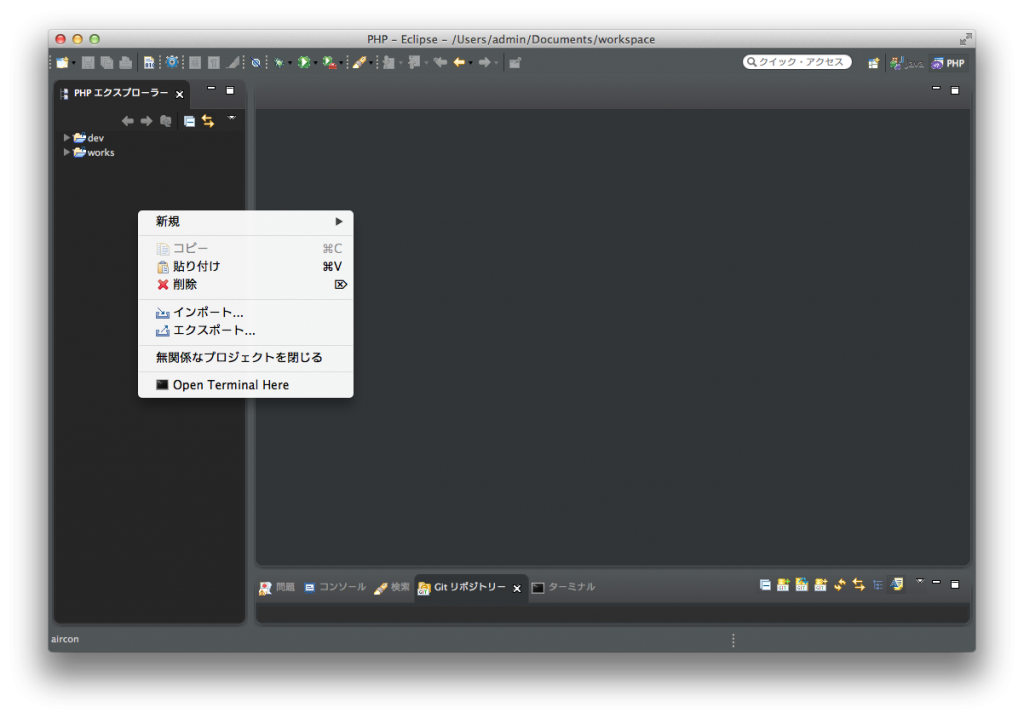
The game features a mix of shooting, crafting, and exploration. AuthorsĪnd other contributors listed in the CHANGELOG file.Atomic Heart is a first-person action role-playing game set in an alternate universe during the Soviet era. See alsoĪTOMac is released under the GNU General Public License. If you’re interested in developing ATOMac itself, sign up to the pyatom-dev mailing list.
ATOMIC MAC OSX CODE
Todo and contributingĪlthough ATOMac is fully functional and drives hundreds of automated test cases at VMware, we have a to-do list to make the project even better.įormatting - this code is not currently PEP-8 compliant.īetter mouse handling - for example, a method to smoothly drag from one UI Element to another.Ĭleanup the search methods - We could use currying to define all the search methods in AXClasses in a cleaner way.įeel free to submit pull requests against the project on Github. See the LDTP documentation for more details on client/server operation. Like the Linux platform, the LDTP daemon may be run on the SUT, enabling client/server testing by executing ‘ldtp’ at a shell prompt. In the future, the LDTP client may be broken out into a separate platform independent module to ameliorate this issue. Cross platform scripts executing on the System Under Test should import the LDTP client as follows: try: The import mechanism is slightly different, since it is shipped with ATOMac. LDTP operation is virtually identical to the operation on Linux. Information and documentation on LDTP can be found at the LDTP home page.
ATOMIC MAC OSX MAC OS
This allows testers to write a single script that will automate test cases on Linux, Windows, and now Mac OS X. Starting with version 1.0.0, ATOMac now includes compatibility with LDTP, a cross platform automation library. Performing an action is as natural as: > close.Press()Īny action can be triggered this way. U'AXParent', u'AXWindow', u'AXTopLevelUIElement', u'AXPosition', u'AXSize', [u'AXRole', u'AXRoleDescription', u'AXHelp', u'AXEnabled', u'AXFocused', You can get a list of supported attributes and actions on an object: > close.getAttributes() FindAll and FindAllR return a list of all items that match the criteria or an empty list.

The criteria are accessibility attributes: > close = sheet.findFirst(AXRole='AXButton', AXTitle='Close')įindFirst and FindFirstR return the first item found to match the criteria or None. Note that * and ? can be used as wildcard match characters in all ATOMac search methods: > close = sheet.buttons('Close')ĪTOMac has a method to search for UI Elements that match any number of criteria. These search methods can be given terms to identify specific elements. The recursive search finds items that aren’t just direct children, but children of children. Each search method, such as windows, has a corresponding recursive search function, such as windowsR. There are search methods for most types of accessibility objects. There is a shortcut for getting the sheet object which bypasses accessing it through the Window object - ATOMac can search all objects in the hierarchy: > sheet = automator.sheetsR() Using Xcode’s included accessibility inspector can provide a quick way to find these attributes. ATOMac supports reading and writing of most attributes. Note that we retrieved an accessibility attribute from the Window object - AXTitle.

Now, we can find objects in the accessibility hierarchy: > window = automator.windows() Next, get a reference to the UI Element for the application itself: > automator = atomac.getAppRefByBundleId('') Once the atomac module is installed, you should be able to use it to launch an application: > import atomac
ATOMIC MAC OSX INSTALL
Installation should be as simple as running the following command line, which will download, build and install ATOMac: $ sudo easy_install atomac Usage Failure to enable this will result in ErrorAPIDisabled exceptions during some module usage. Check the checkbox: System Preferences > Universal Access > Enable access for assistive devices. Systemwide accessibility must be enabled. If you experience issues with ATOMac on a particular version of OS X, please open a ticket in the issue tracker. It has been tested extensively on 10.6, 10.7, and 10.8. Getting startedĪTOMac requires a system running OS X and Xcode installed. It’s fast and easy to use to write tests. Existing tools such as using appscript to send messages to accessibility objects are painful to write and slow to use. This library was created out of desperation. We are pleased to introduce the first Python library to fully enable GUI testing of Mac applications via the Apple Accessibility API.


 0 kommentar(er)
0 kommentar(er)
